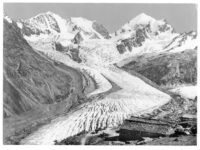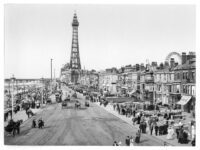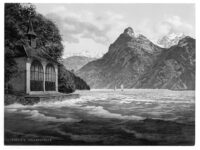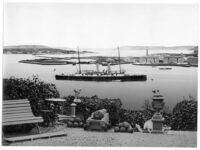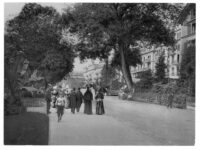Vintage: Historic B&W photos of Danzig (Gdańsk), West Prussia, Germany (1890s)
Polish westerly Royal Prussia was annexed by the easterly Kingdom of Prussia during the late 18th century Partitions of Poland, with the city of Danzig becoming part of the Prussian Kingdom in 1793. The territory was administered in the new province of West Prussia (1772-1829, 1878-1920) and the new Province of Prussia (1829-1878). In 1815, after the Napoleonic Wars, West…








